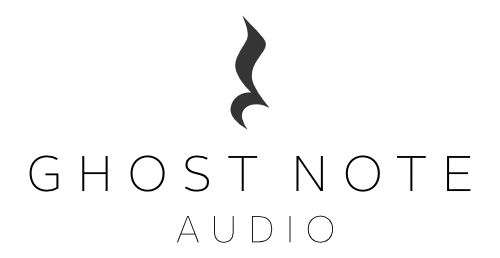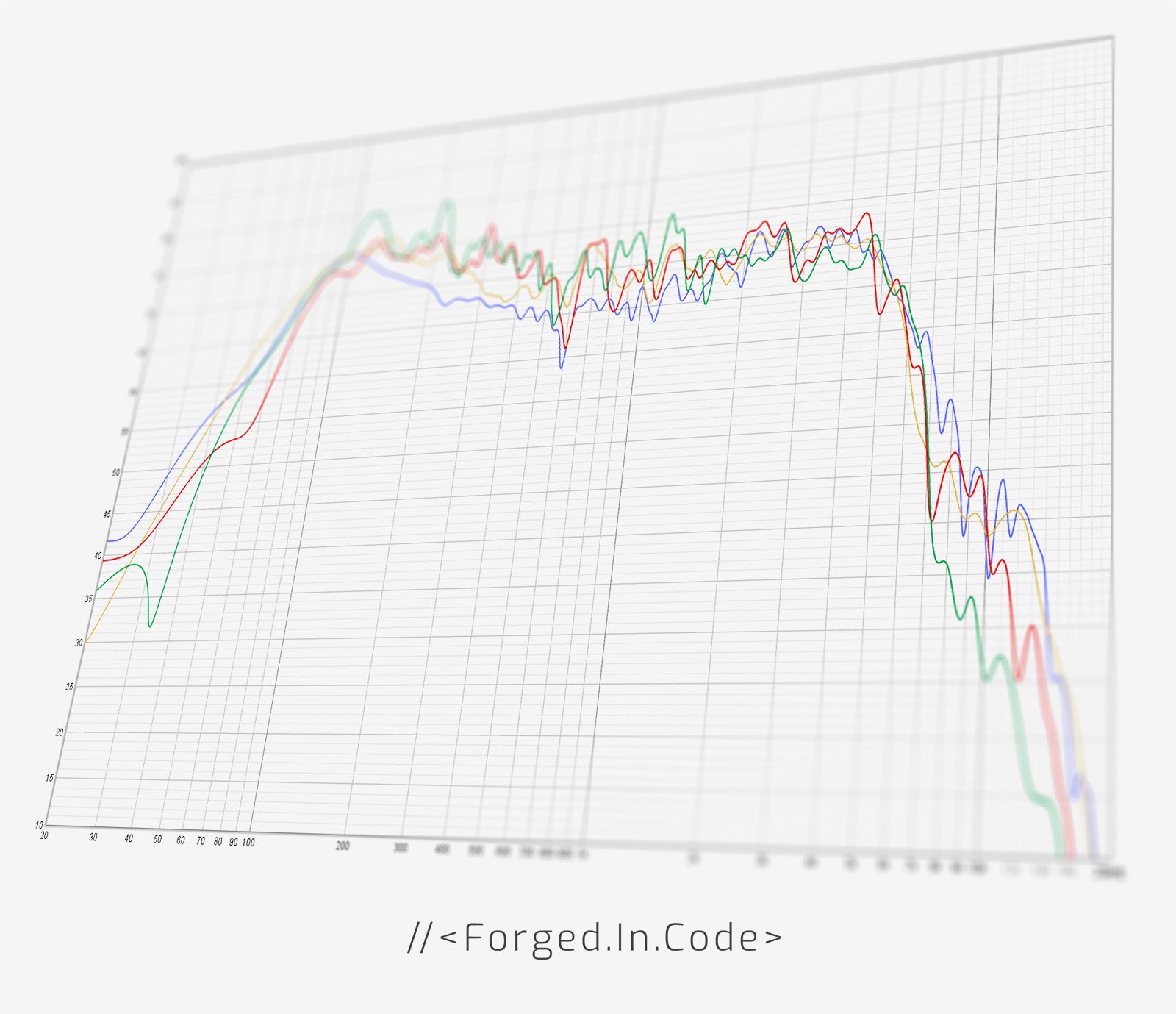Forged In Code
Forged In Code
Impulse Response Collection
Couldn't load pickup availability
Forged In Code is an Impulse Response collection unlike anything else on the market. It's unique due to the fact that literally no speakers were actually recorded or measured, and no real cabinets were involved in its creation. And that's because the IRs in this collection are, just like the name implies, created entirely in software.
The collection contains 33 synthetic IRs, with 11 tonal variations of each, for a total of 363 mix-ready impulse responses, ready to make your next track sound great.

Product Details - Forged In Code
Download Free Sampler Pack
To help your purchasing decision, we are providing a FREE sampler pack, containing 10 cherry picked impulse responses from the collection.
Download Free Sampler Pack Here
Technical Details
All IRs are provided at the following sampling rates:
- 44.1Khz
- 48Khz
The length of each impulse response is between 1800 and 2048 samples.
Please load the samples from the appropriate directory for your DAW project or hardware unit. Refer to the use manual of your hardware unit for details on which sample rates it supports. But here is a short list of the most common units, and the sample rate to use:
- AxeFX II/III - 48Khz
- Line 6 Helix / Pod Go - 48Khz
- Neural DSP Quad Cortex - 48Khz
- Kemper Profiling Amp - 44.1Khz
- Mooer GE series - 44.1Khz
File Structure
Each of the 33 unique impulse responses is provided in 10 different variations, as well as its original form, for a total of 363 files. I refer to the technique used to produce these variants as “transmutation”.
Transmutated variants will have a “TMx” suffix on the file, and are located in a separate folder from the originals (labelled TM0).
Files labelled “TMxh” have been mutated at half strength, so they have a 50/50 blended curve between the original and target response.
Transmutation
The process involves splitting an impulse response into two components:
- Macroscopic EQ - The overall EQ curve. This is the tone adjustment that represents the overall bass, mid and treble response of the impulse response. It is similar to the adjustment you can make using a traditional EQ.
- Microscopic response - the finer details, the phase notches, dips and resonances, caused by the specific combination of speaker, microphone and mic placement, which all come together to give the impulse response its specific flavour. This is what really makes a speaker cab impulse sound the way it does.
By splitting an IR into these two components, we can then experiment with mixing and matching elements from different IRs, combining them in ways that simple linear mixing could not achieve.
For this IR pack, I've taken five of my all-time favourite impulse responses, extracted their macroscopic EQ profile, and combined them with the detailed response of the synthetic impulse responses.
TM1 - Unspecified Celestion speakers, mic’ed with a pair for SM57s using the Fredman configuration.
TM2 - My (previous) all-time favourite impulse response, containing a mixture of microphones and a 4×12 cabinet loaded with early 2000s Celestion Vintage 30s.
TM3 - Another Vintage 30 4×12 with a slightly different flavour.
TM4 - A Friedman cab with a blend of speakers and microphones.
TM5 - 2×12 cabinet with a combination of Vintage 30 and a Celestion Greenback speaker.
FAQ
Q: There are no descriptions! How can I tell what each IR will sound like?
A: You can't. Since they are all synthetic, there is no way to categorize them by microphone choice, speaker or position used to capture it... because it wasn't captured. Each IR is completely unique. You'll just have to use your ears and experiment.
Q: Can I mix these IRs with other impulses from different manufacturers?
A: Certainly. They are all minimum phase transformed, and should mix without any phasing issues.
- Choosing a selection results in a full page refresh.
- Opens in a new window.


